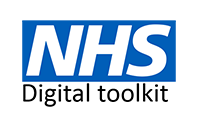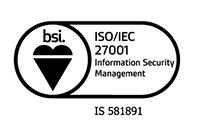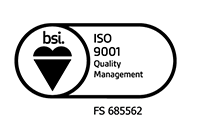Email security should be prevented with strict measures just like any other type of security. In a nutshell, emails can be dangerous. Reading the contents of an email should be safe if you have the latest security patches, but email attachments can be harmful. Any type of file can be attached to an email, including .exe program files.
Many email servers will perform virus scanning and remove potentially dangerous attachments, but you can’t simply rely on this. Human prevention can be one of the best acts of email security.
Learn the basics of Email Security to save your business data
Look at the file extension
In general, you should only open files with attachments that you know are safe.
The easiest way to identify whether a file is dangerous is by its file extension, which tells you the type of file it is. For example, a file with the .exe file extension is a Windows program and should not be opened.
However, .exe isn’t the only type of dangerous file extension. Other potentially dangerous file extensions that can run code include: .msi, .bat, .com, .cmd, .hta, .scr, .pif, .reg, .js, .vbs, .wsf,.cpl, .jar and more. This is not an exhaustive list — there are many different file extensions in Windows that will run code on your computer when executed.
Office files with macros are also potentially dangerous. If an Office document extension ends with an ‘m’, it probably contains macros. For example, .docx, .xlsx, and .pptx should be safe, while .docm, .xlsm, and .pptm can contain macros and can be harmful. However, some businesses use macro-enabled documents so make sure you know if your organisation does.
Take note of the anti-virus alerts
If you’re using a webmail service like Gmail, Outlook.com, or Yahoo! Mail, your webmail service will automatically scan incoming attachments for malware and inform you if the attachments are dangerous. Of course, if you see a warning that an attachment is malicious, you should not download it. The text of the email may ask you to ignore any problems and assure you that the attachment is actually fine, but do not risk it.
If you download an email attachment and your desktop antivirus program flags it, stop right there. Don’t click through the warning and run it anyway — trust your antivirus program more than the email attachment.
Who is the sender?
Looking at who an email was sent by can help you identify whether an email attachment is malicious or not. BUT an attachment can be malicious even if you know the sender! If they’ve become infected, a malware program may send you emails from their email address, disguised as emails they’d send.
If you get an email from someone you don’t know with a questionable-looking attachment, it’s probably malware. If you receive a macro-enabled Office document from someone you’re not expecting one from, exercise extreme caution.
Stay suspicious
When it comes to email attachments, you should exercise extreme caution and assume the worst. Don’t download or run an attachment unless you have a good reason to do so. If you’re not expecting an attachment, treat it with healthy suspicion. If it’s an image attachment, that’s probably okay. PDFs should be okay if you have the latest security patches, too. But if you’re not sure what something is, you shouldn’t run it.
Your webmail client’s preview features can also help. You can preview PDF files, documents, images, and other types of files in your browser without actually downloading them to your computer.
Be aware of encrypted archives
In an attempt to make it around email filters, someone may email you malicious file attachments in an archive — especially an encrypted one. For example, you may receive an email with a .zip, or .rar, file and its password. You’d need to download the archive file and extract its contents with the password to access them.
The password-protection — or encryption — on the archive prevents email scanners and antivirus programs from examining it, so it’s very possible that the archive could contain malware. Of course, password-protected archives are also an effective way to email sensitive files.
If you’d like more support with Email Security, take a look at our services and how we can help.






